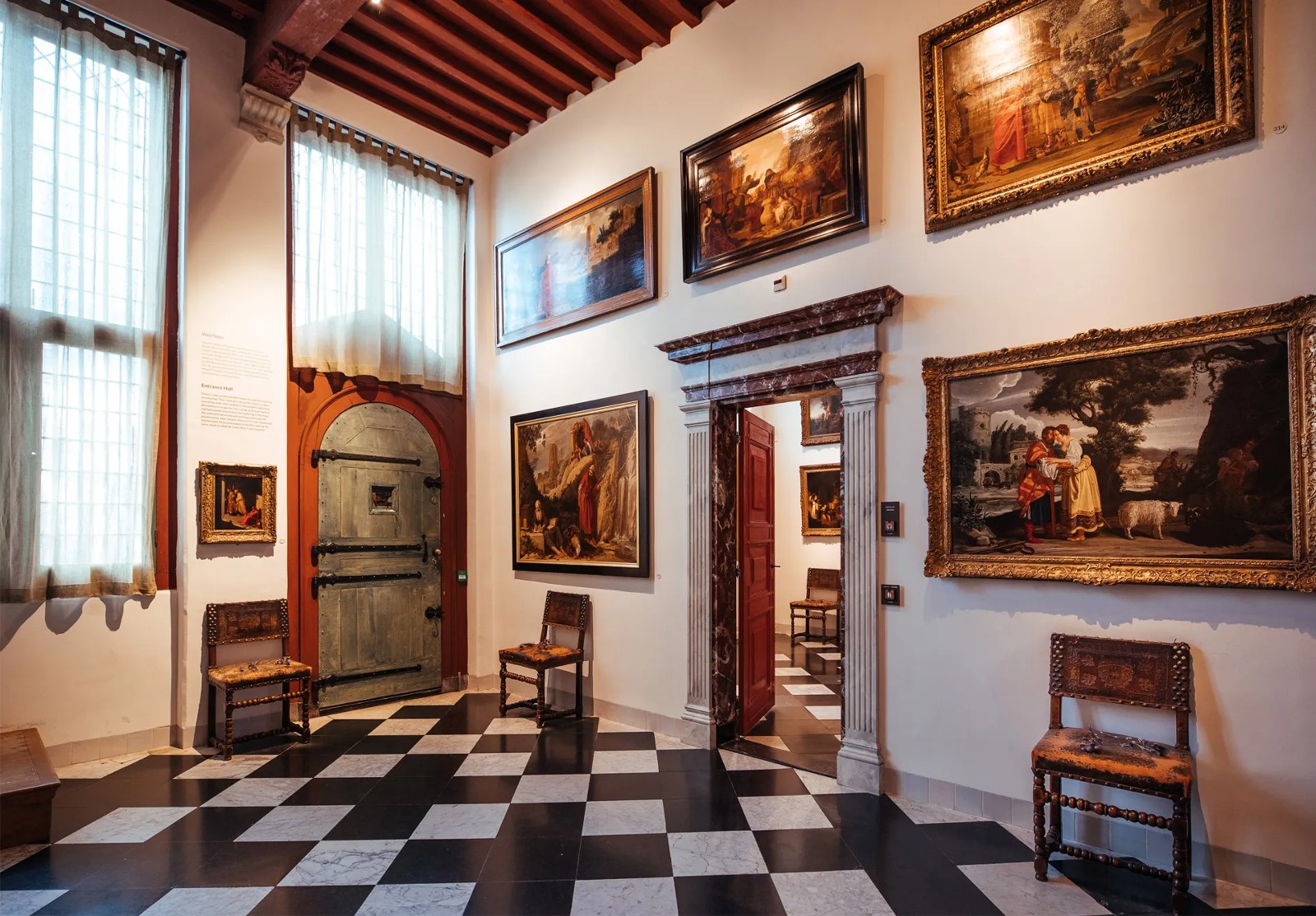Rembrandt House Museum, Amsterdam: A Glimpse into the Artist’s World
Nestled in the heart of Amsterdam, the Rembrandt House Museum stands as a testament to the life and work of one of the most celebrated painters in the history of Western art, Rembrandt Harmenszoon van Rijn. This museum provides visitors with a unique opportunity to step into the daily life of Rembrandt, exploring the very space where he lived, worked, and created some of his most iconic masterpieces.
Historical Significance: The Rembrandt House, located in the historic Jewish Quarter of Amsterdam, is a meticulously preserved 17th-century canal house. Rembrandt purchased the property in 1639 and lived here for almost twenty years, during what is often considered the height of his career. The house witnessed the creation of many of his renowned works, including “The Night Watch.”
The Artist’s Studio: One of the highlights of the museum is Rembrandt’s reconstructed studio. Visitors can stand in the very room where the artist once painted, surrounded by the tools of his trade, art supplies, and period furniture. The studio provides a tangible connection to the artistic process, offering insights into Rembrandt’s techniques and the atmospheric conditions in which he worked.
Art Collection: The Rembrandt House Museum boasts an impressive collection of Rembrandt’s etchings and paintings. The collection includes a range of works, from intimate sketches to larger-scale pieces. The museum provides a comprehensive overview of Rembrandt’s artistic evolution, allowing visitors to trace the development of his style and themes over the course of his career.
Domestic Life: Beyond the studio, the museum provides a glimpse into Rembrandt’s domestic life. The living quarters are furnished with period-appropriate items, offering a view into the daily routines of the artist and his family. The kitchen, bedrooms, and other spaces are all carefully preserved, providing a sense of the atmosphere that surrounded Rembrandt in his private life.
Interactive Exhibits: The Rembrandt House Museum goes beyond traditional exhibitions, incorporating interactive elements to engage visitors. Multimedia displays and informative panels provide context to Rembrandt’s art and historical significance. These elements enhance the overall visitor experience, making the museum accessible and engaging for art enthusiasts of all levels.
Temporary Exhibitions and Events: In addition to its permanent collection, the Rembrandt House Museum hosts temporary exhibitions and events. These may focus on specific aspects of Rembrandt’s work, collaborations with contemporary artists, or thematic explorations related to 17th-century Dutch art and culture. These dynamic offerings ensure that each visit to the museum can provide fresh insights and perspectives.
Artistic Workshops and Educational Programs: The museum actively promotes art education through workshops, lectures, and educational programs. Visitors can participate in hands-on artistic activities, gaining a deeper understanding of Rembrandt’s techniques and the artistic process. These programs cater to a diverse audience, including students, families, and art enthusiasts.
Conclusion: The Rembrandt House Museum stands as a living tribute to the artistic legacy of Rembrandt. By preserving the physical space where the master lived and worked, the museum offers an intimate and immersive experience for visitors. Exploring the Rembrandt House allows art enthusiasts and history lovers alike to connect with the genius of Rembrandt in a meaningful way, gaining insights into both his artistic brilliance and the everyday life that unfolded within these historic walls. It’s a journey through time that brings the Golden Age of Dutch art to life, making the Rembrandt House Museum a must-visit destination for those seeking a deeper understanding of one of art history’s greatest luminaries.



